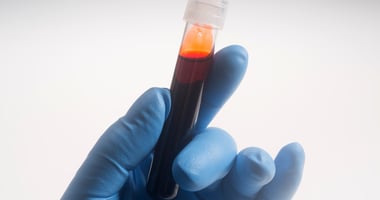Neurocognitive dysfunction is a well-known feature of schizophrenia, but questions remain as to the...
Calculator Shows Promise in Predicting Risk for Conversion to Psychosis
 |
In the first study, researchers led by Tyrone Cannon, Ph.D., a professor of psychology and psychiatry at Yale University, described how they examined eight criteria to evaluate the prediction of psychotic disorder in 596 participants (mean age 18.5 years) over a two-year period in the North American Prodrome Longitudinal Study (NAPLS-2).
“Higher levels of unusual thought content and suspiciousness, greater decline in social functioning, lower verbal learning and memory performance, slower speed of processing, and younger age at baseline each contributed to individual risk for psychosis,” Cannon and colleagues wrote. However, other variables—stressful life events, trauma, or a family history of schizophrenia—did not predict conversion to psychosis, they said. The overall model accuracy rate was 71%—which the authors noted is “in the range of values for established calculators currently in use for cardiovascular disease and cancer recurrence risk, which range from 0.58 to 0.81.”
“This prediction tool represents a potential breakthrough for early intervention in psychiatry. However, as with any predictive analytic model, its performance must be validated in samples of clinical high-risk patients collected independently of NAPLS-2,” Ricardo Carrión, Ph.D., an assistant professor of psychiatry at Hofstra Northwell School of Medicine in Hempstead, N.Y., and colleagues wrote in a companion article.
Carrión’s team evaluated the performance of the NAPLS-2 risk calculator in an external, independent sample of individuals (aged 12 to 25) at clinical high risk for psychosis collected as part of the Early Detection, Intervention, and Prevention of Psychosis Program (EDIPPP). The overall model accuracy rate was 79% in the EDIPPP sample.
“Although further replication is needed, at present the risk calculator appears to have considerable potential for determining the probability that an individual will develop psychosis, and it may provide a foundation for the personalized treatment of clinical high-risk individuals,” Carrión and colleagues wrote.
For more in Psychiatric News about the Early Detection and Intervention for the Prevention of Psychosis Program, see “Early Intervention Trial in Youth at Risk for Psychosis Shows Improved Symptoms.”
(Image: iStock/monkeybusinessimages)





